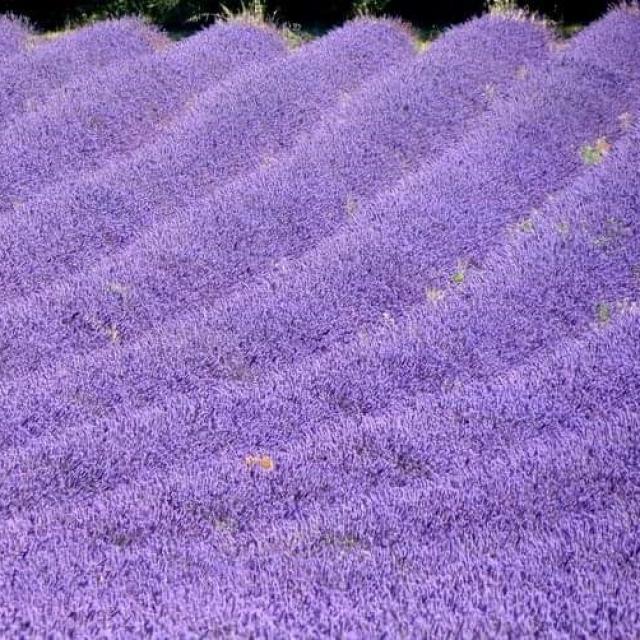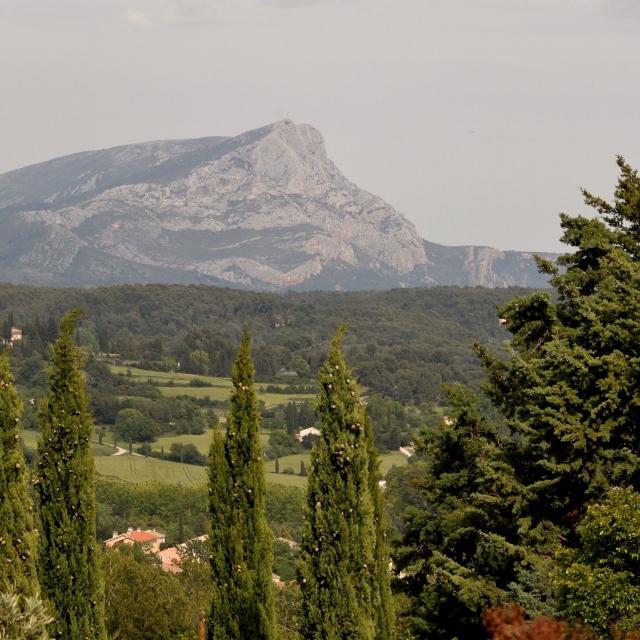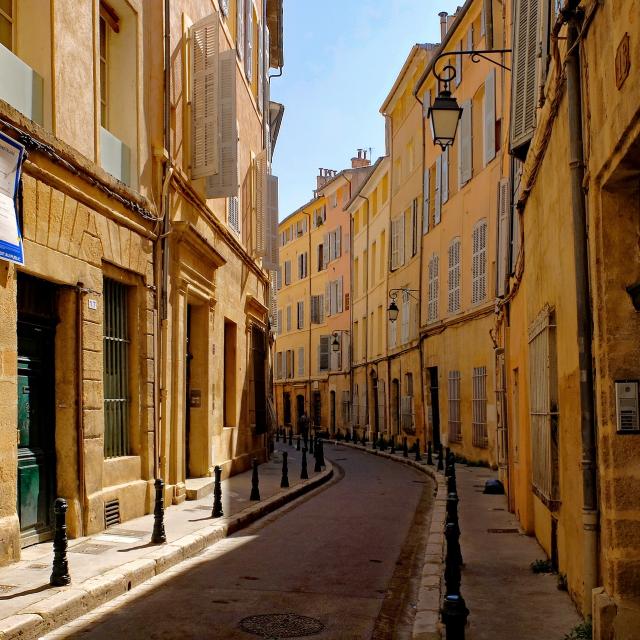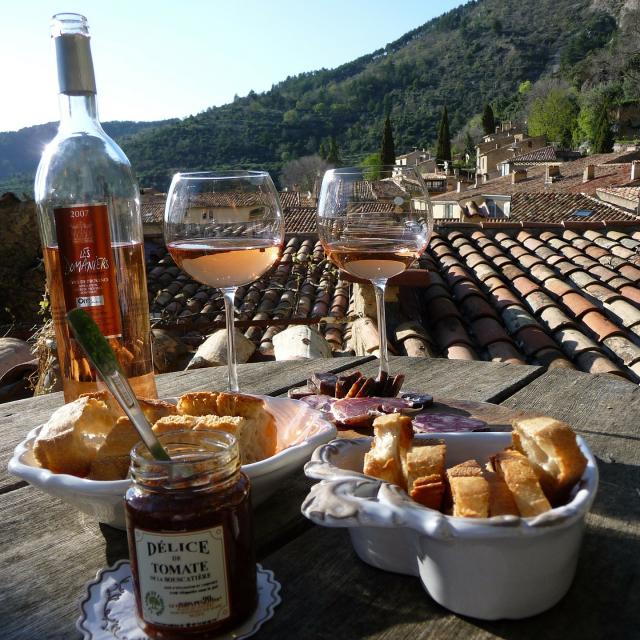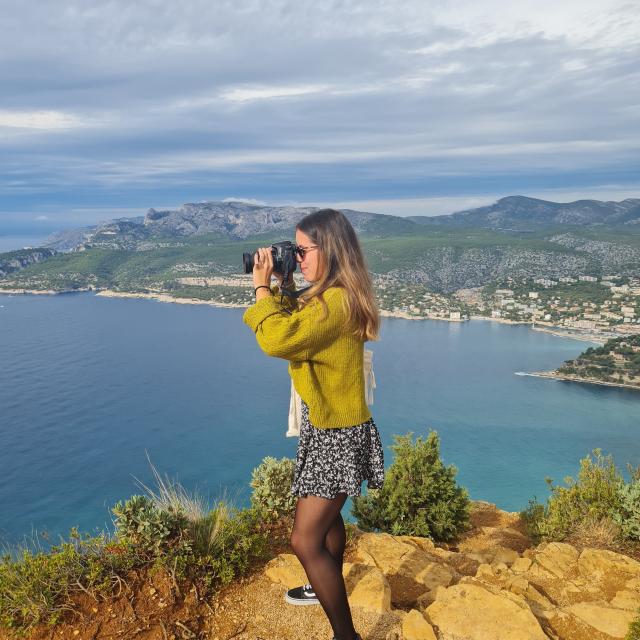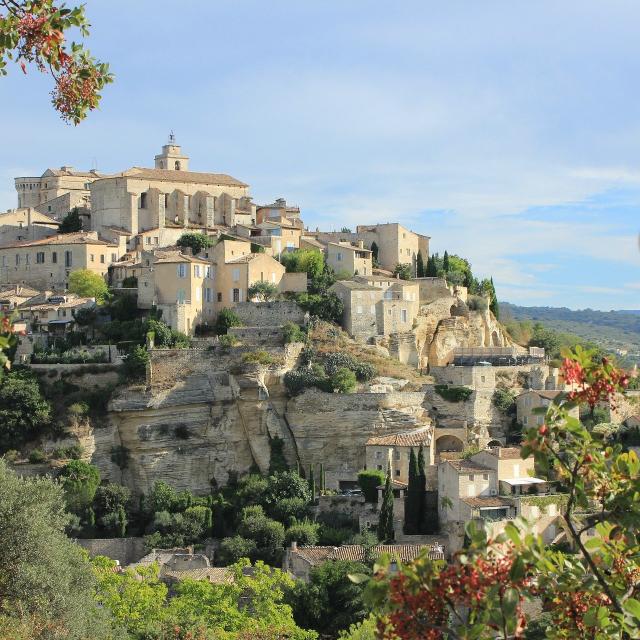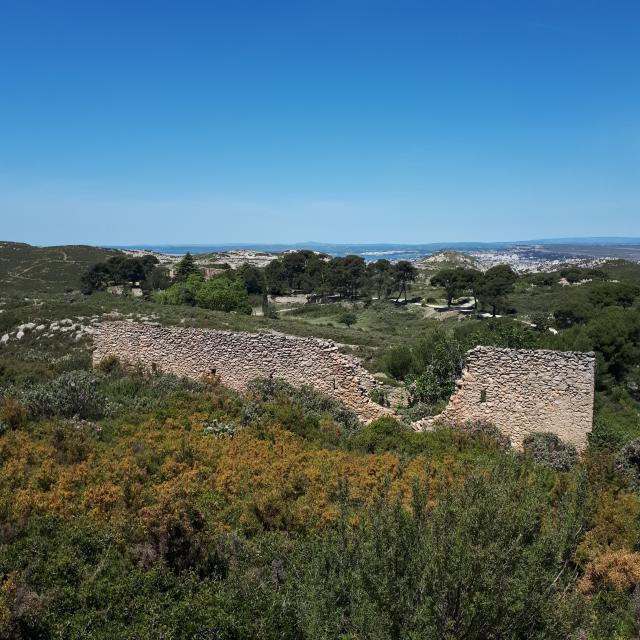La fougasse : Provencal bread that is close to the Italian focaccia. They can be made in many different ways: with olives, anchovies, dried tomatoes, Provencal herbs, etc.
La pissaladière : a variant of pizza covered with onion compote and topped with anchovies. A speciality of Nice that can be found throughout Provence.
La tapenade : a mixture of olives, capers and anchovy filets crushed in a mortar, with herbs from Provence and garlic added. In the green tapenade, the capers are replaced by pine nuts and almonds.
La caillette : speciality of the Dôme Provençale, mixture of lean pork meat with spinach and chard, all covered with strainer.
Les petits farcis : vegetables (zucchini, tomatoes, aubergines, onions…) hollowed out and stuffed with meat or sausage meat, breadcrumbs and the famous Provencal herbs.
La ratatouille : a stew of various vegetables (tomatoes, onions, zucchini, peppers) that must be sauteed in garlic and olive oil.
Le tian provençal : baked vegetables gratin
Les tomates à la Provençale : Tomatoes cut in half and covered with parsley, garlic and breadcrumbs.
La panisse : made from chickpea flour, it can be found in the form of a sausage to be cut up in food shops, but in the Estaque district, it is sold in the form of 2cm thick slices, already cut up and fried. Often sold by the dozen, sprinkled with ‘fleur de sel’ and pepper, they are eaten standing up or on the terraces of the Estaque cafés, in a paper cone.
Olive oil: inseparable from Provençal cuisine and more broadly, Mediterranean, the AOC Olive Oil of Provence perpetuates its extraction and marketing. Healthy and tasty, it is recommended in many diets. Numerous oil mills in the region allow the Provençal people to make their own oil. The olive tree is representative of Provence.
Les alouettes sans tête : Headless larks are beef roulades stuffed with garlic, salt pork and parsley which are cooked in a tomato sauce containing mushrooms and wine.
La gardiane : A dish from the Camargue made from bull meat cooked in red wine. This dish is often eaten with Camargue rice.
Les pieds et paquets : “Feet and packets” are an essential tripe recipe from our region, which always come in the form of bundles of tripe and sheep’s feet, was born in the Pomme district of Marseille.
L’aïoli : Aïoli is a garlic sauce prepared with a mortar and pestle, using only garlic emulsion and olive oil.
La poutargue de Martigues : A luxury product made from muggy eggs (fish). It can be eaten grated on spaghetti.
La sardinade : sardines placed on a grill and covered with herbs from Provence, thymes and a drizzle of olive oil.
L’oursinade : sea urchin tasting or sea urchin coral sauce.
L’anchoïade : a sauce made with anchovies, black olives, garlic and olive oil.
Les chichis-fregis : It is in the 3 chichis bars of l’Estaque (13016) that you must taste this little non-dietary pleasure that is often confused with Churros. Never tell an Estaquéen that the Chichi Frégi is nothing but a Churros! The Churros is twisted, thin and short, rather the Chichi is thick, puffy and about 20 cm long.
Le gâteau des rois : Unlike in the North of France, in Provence, for the Epiphany we eat a brioche with orange blossom covered with candied fruits. The tradition is that we allocate the pieces of the cake according to the will of the youngest person under the table. In the brioche there is a bean and a porcelain subject.
Le gibassié : This is a kind of oil pump that is a little crunchier.
Les navettes : These are dry cookies traditionally prepared for Candlemas instead of pancakes, especially in Marseille. It is made of wheat flour, sugar, eggs and orange blossom water.
La pompe à huile : fougasse made with bread dough, olive oil, sugar and egg. It is usually eaten at Christmas: it is one of the 13 desserts.
Les calissons : melon and almond confectionary, a speciality of Aix en Provence.
Les fruits confits : candied fruit is a confectionery that consists of replacing the water in the fruit with sugar. Speciality of d’Apt.
Le nougat : speciality made from beaten white eggs, lavender honey and almonds. Many towns in Provence produce it.
